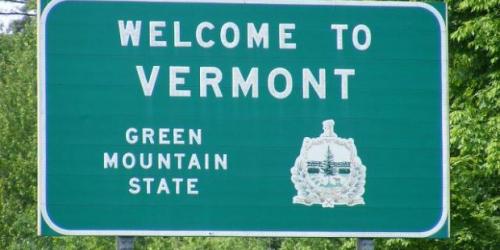A Driver’s License is issued to eligible individuals 18 years of age or older who pass the required examination. This license allows a person to drive any non-commercial vehicle except a school bus or motorcycle. Additional examination(s) is/are required to drive a school bus or motorcycle.
Upon establishing residency in this state, you must obtain a Vermont Driver's License. This must be done no longer than 60 days after moving to Vermont, or if your out-of-state license expires before the end of this 60-day period, you must obtain a Vermont Driver License before it expires (whichever occurs first).
In order to apply for a Vermont Driver’s License, you will need proof that you are a Vermont Resident or are a Visiting Citizen of a Foreign Country with an authorized duration of stay with at least 30 days remaining.
You will need documentation to establish your identity.
If you have a valid license from another state (18 and over)
If under 18, see the Junior Driver's License section.
When a new Vermont Resident applies for a Vermont Driver’s License and possesses a valid out-of-state license or an out-of-state license that has expired for less than three (3) years, an eye examination will be required.
- Bring your valid (or expired, less than three years old) license from your home state.
- When your Vermont license is issued, the out-of-state license must be surrendered.
- You will need documentation to establish your identity.
Note: Your first Vermont license will be valid for four birthdays (some exceptions apply). If your birthday is June 1 and you get your first Vermont license on May 15, it will be valid for three (3) years and 16 days. If you get your first Vermont license on your birthday, it will be good for exactly four (4) years (some exceptions apply).
Exceptions
A person may not be issued a new license or renew an existing license when:
- A person whose privilege to operate a motor vehicle in any state has been suspended, revoked, or refused cannot be issued a license until such suspension, revocation, or refusal has been terminated, and the person has been officially notified in writing of reinstatement.
- A license cannot be issued to a person when the Commissioner of Motor Vehicles has evidence that such a person either cannot or will not operate a motor vehicle without endangering the other users of the highway.
- A person is not a Vermont Resident.



